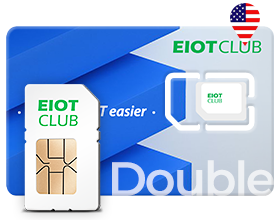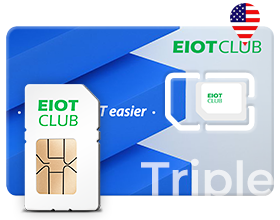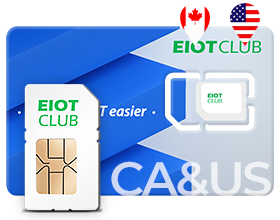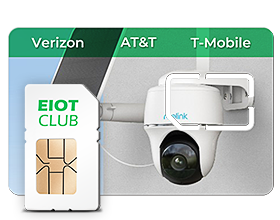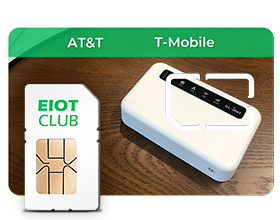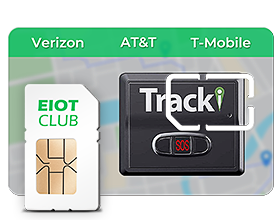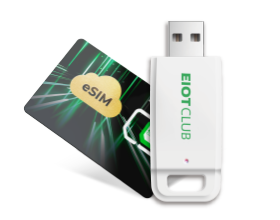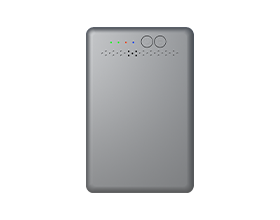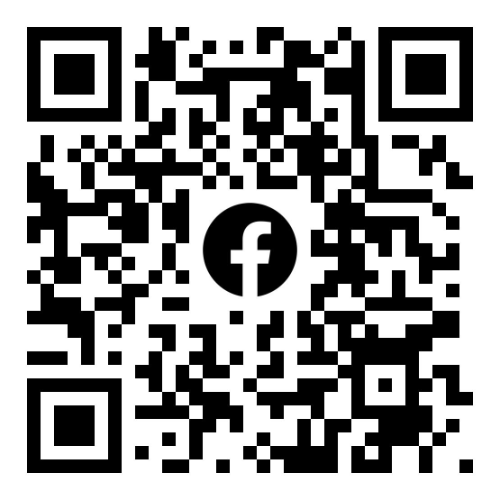The Ultimate Guide to Choosing the Right SIM Card for Your Router: What Consumers Need to Know

Introduction
With more devices than ever before relying on cellular connectivity, many consumers are equipping their homes and offices with cellular router devices. These routers pair with data-enabled SIM cards to provide broadband internet access without landline infrastructure. As the use cases and benefits of cellular router solutions continue to grow, understanding how to choose the right SIM card is critical for getting connected. This definitive guide examines key considerations when selecting a compatible SIM card for your router installation.
Understanding Network Coverage
The first vital factor is confirming solid network coverage in your area from prospective SIM card providers. Without adequate signal reception, even the fastest internet speeds won't be fully realized. Research which major carriers offer strong, reliable coverage where your router will be installed before assessing specific plan options. Online coverage checkers can confirm if top providers like AT&T, T-Mobile, Verizon, or regional alternatives consistently offer 3G, 4G, or 5G connectivity. For rural router placement, explore extended coverage from providers like Cradlepoint that utilize multiple carrier networks to enhance accessibility.
Data Plans and Packages
Once network availability is confirmed, compare data packages across different SIM card providers. Critical factors include the maximum data limits per billing cycle, throttling and overage policies, and whether unlimited data is an option. For moderate use, starter plans in the 5GB-50GB range are likely sufficient, but power users should consider unlimited data packages to avoid speed reductions. Also, confirm whether month-to-month contracts are available or if 1-2 year commitments are required to access better rates.
Fee Structures and Contract Considerations
Pricing and equipment costs also warrant careful evaluation when selecting your router's SIM card. Entry-level plans on major networks start as low as $10 for several gigabytes per month. But beware of activation fees, which can exceed $25 in some cases. Additionally, bringing your own device doesn't eliminate the need for a SIM card payment plan. However, some carriers do offer standalone data packages without modem rental fees. Be sure to calculate total recurring costs as well as one-time equipment or activation charges when comparing offerings. Also, check if discounts are available for bundling your router SIM card plan with existing mobile phone or internet services.
Data Speed and Performance
The throughput speed of your router connection significantly impacts functionality for streaming, gaming, and large file downloads. While most SIM card carriers advertise "5G" connectivity, the actual user experience is rarely that fast. Real-world router data rates typically range from a few megabits per second on entry-level plans to up to 400+ mpbs for premium unlimited data packages. Consider testing SIM card provider connections directly on your phone, if possible, to gauge actual download/upload speeds in your area at different times of day. Also, check if speed reductions apply during periods of network congestion.
Roaming and International Usage
Those requiring router connectivity internationally need to carefully assess roaming policies. Some providers include moderate amounts of international roaming data, while others specify router usage is restricted to national networks only. Be sure to study the fine print for where roaming is supported, associated rates, speed reductions abroad, and daily data limits. Also, confirm if your SIM card will remain active upon returning home, or need reactivation after international usage.
Activation Process and Support
Activating cellular routers starts with careful hardware installation according to manufacturer guidelines. Once correctly set up, visit your SIM card provider's website or call their activation contact number. Expect to provide identifying details like account numbers and ICCID SIM information. This pairs your plan's data allotment with the modem. If issues arise, consult troubleshooting resources on the carrier website or contact technical specialists by phone. Be ready to supply router model details and connection specifics when resolving activation problems.
Conclusion
Selecting the optimal SIM card for a cellular router requires balancing coverage, speeds, and usage needs against plan rates. But, taking time to make an informed decision is worthwhile for gaining reliable connectivity. Leverage this guide's insights on network availability, data caps, contract terms, and performance considerations. Comparing offerings in light of your router's planned application and location will lead to the ideal SIM card for staying conveniently connected.
Q&As
Q: What kind of routers are compatible with cellular SIM cards?
A: Most LTE-enabled routers from leading manufacturers like Netgear, CradlePoint, Peplink, and others support cellular SIM cards for data connectivity. Check your router's tech specs to confirm LTE SIM card compatibility.
Q: Can I use a SIM card from my phone provider?
A: Sometimes, yes, but phone carrier SIM cards are often restricted from router usage due to plan limitations. Confirm with your provider before trying a phone SIM in your router.
Q: How do I monitor my router's cellular data usage?
A: Quality routers include usage monitoring tools in their firmware dashboard or as a smartphone app. These display real-time bandwidth usage to avoid overages. Some SIM card accounts also have online portals showing data consumption.
Q: What impacts mobile hotspot data speeds?
A: Like smartphones, factors impacting router data speeds include nearby tower congestion, indoor/outdoor placement, band support, and weather. Carrier traffic shaping policies during peak times can also reduce hotspot throughput.
Q: Can I use a cellular router internationally?
A: With the proper SIM card and plan, dual or multi-band LTE routers can maintain connectivity abroad. But confirm roaming specifics with your provider to avoid an expensive surprise bill later. Not all plans include international roaming.
Q: How can I boost my router's cellular signal strength?
A: Relocate the router near a window for better reception, elevate it off the floor, or point the antennas upward. A router antenna signal booster accessory can also enhance cellular signals for a marginal cost.
Read More
- What Are the Advantages of Using a 4G Router Sim Card Over Traditional– Eiotclub
- Which SIM Cards Are Supported by 4G Routers? A Simple Explainer– Eiotclub
- Seamless Connectivity on the Go: Introducing the Router Hotspot SIM Ca– Eiotclub
- What Devices are Compatible with Verizon SIM Cards?– Eiotclub
- What can users expect from the EIOTCLUB platform?– Eiotclub
